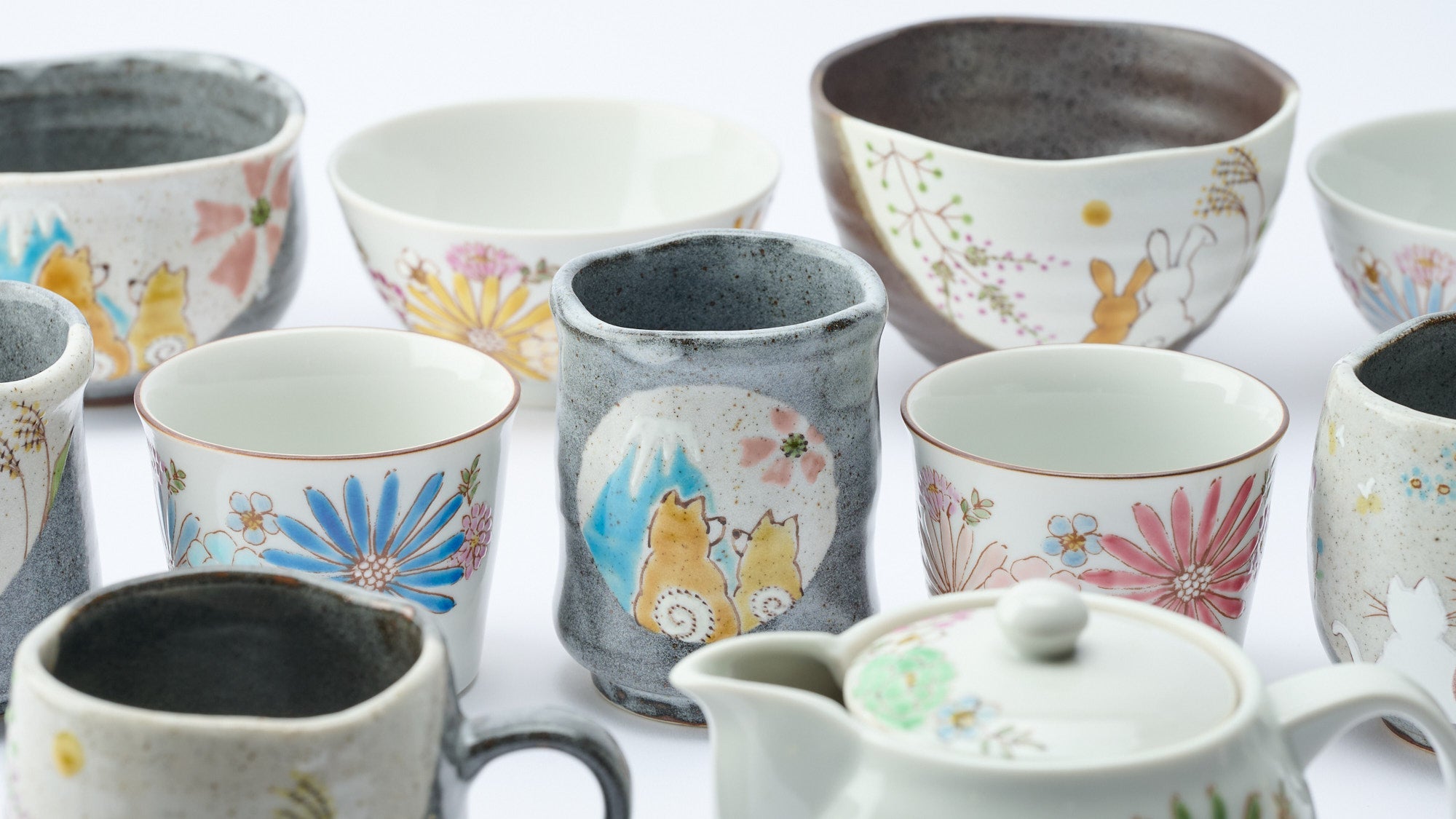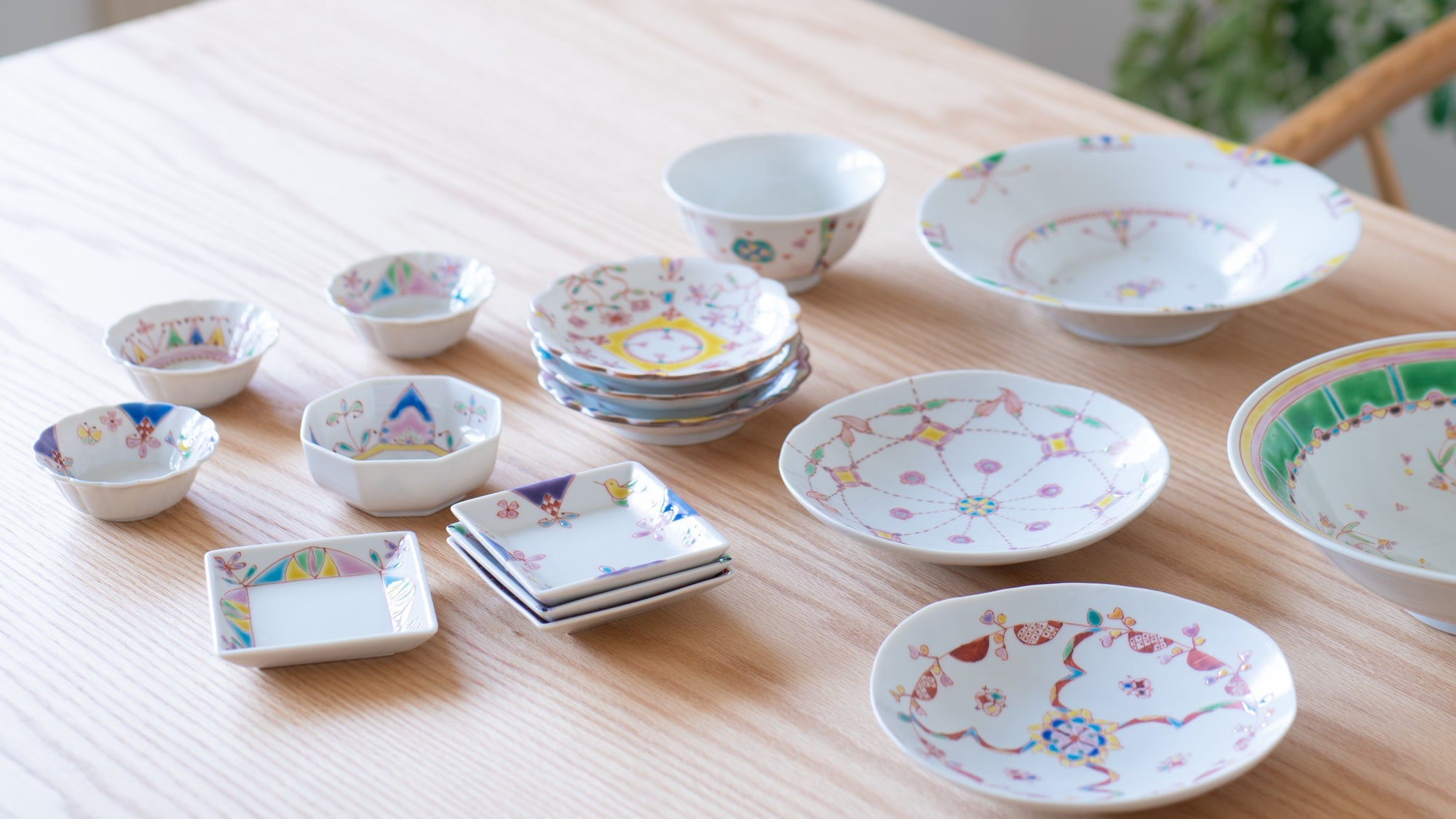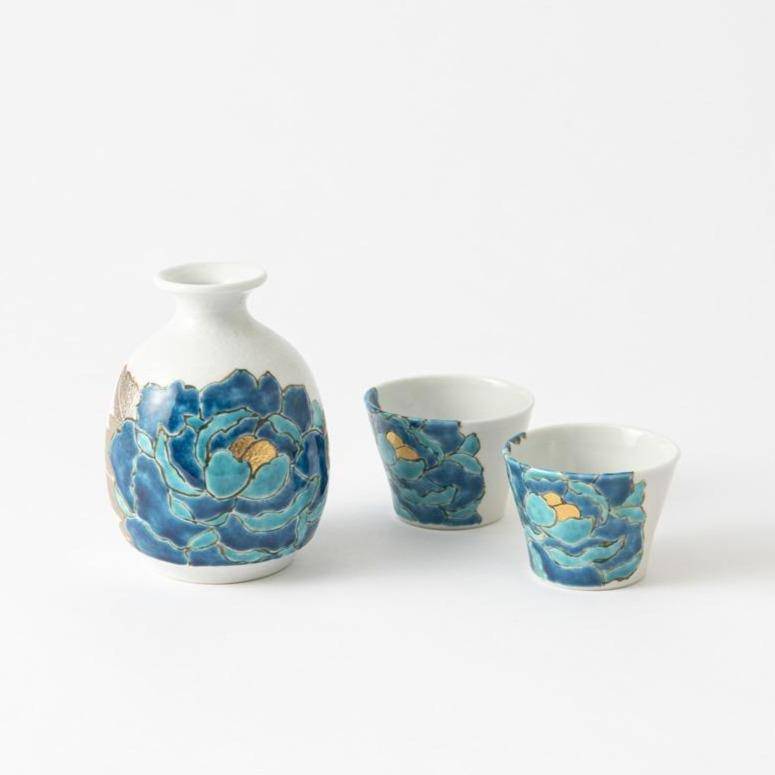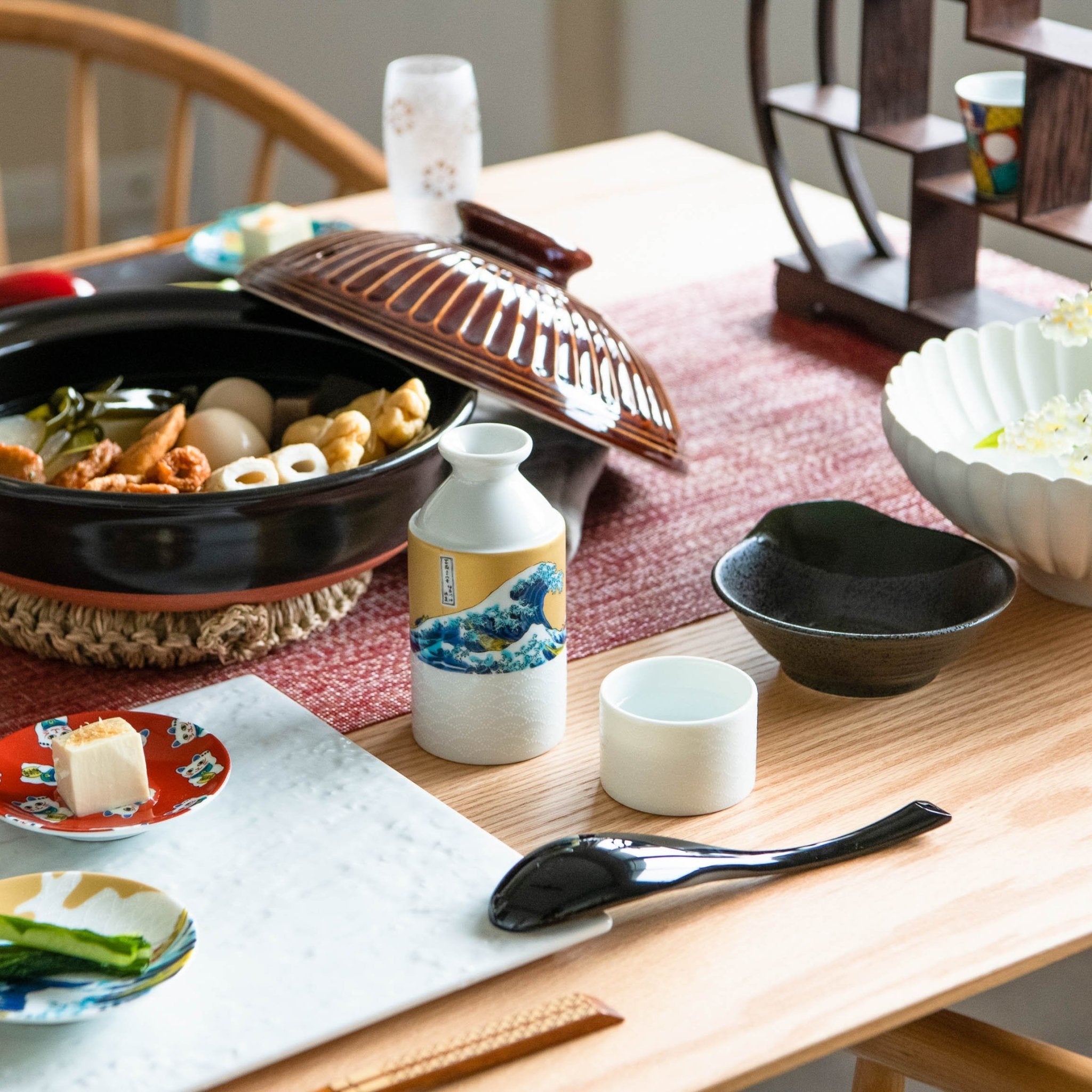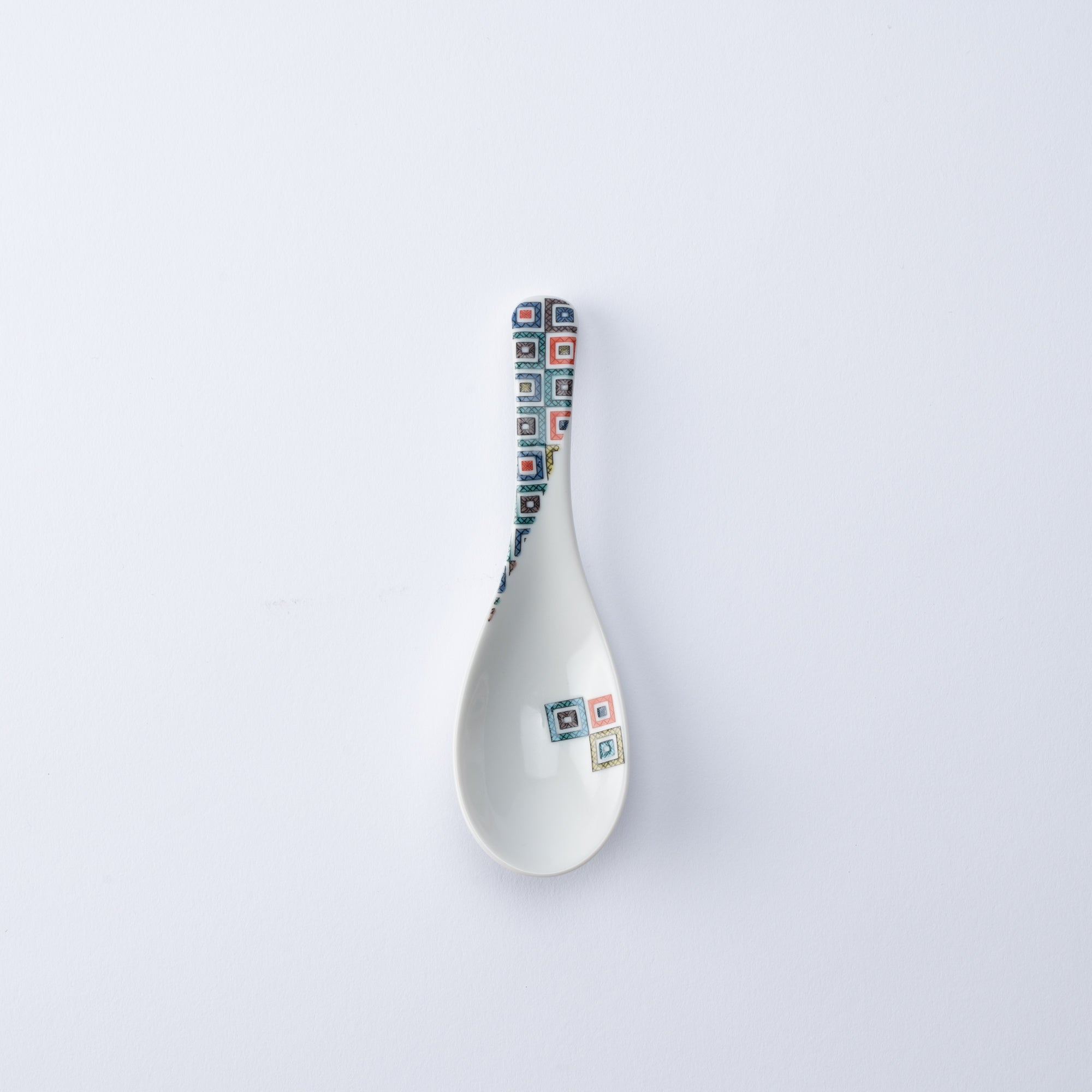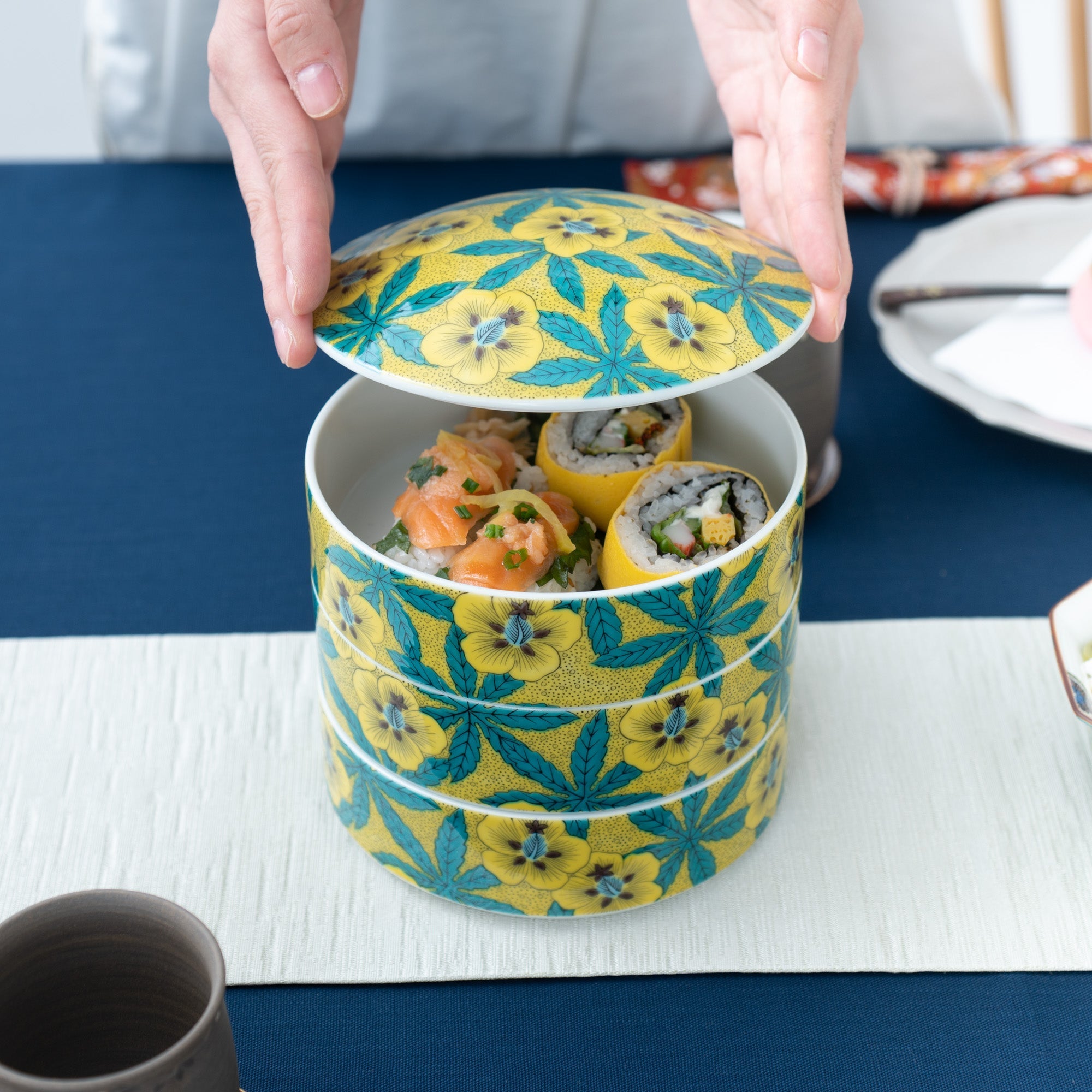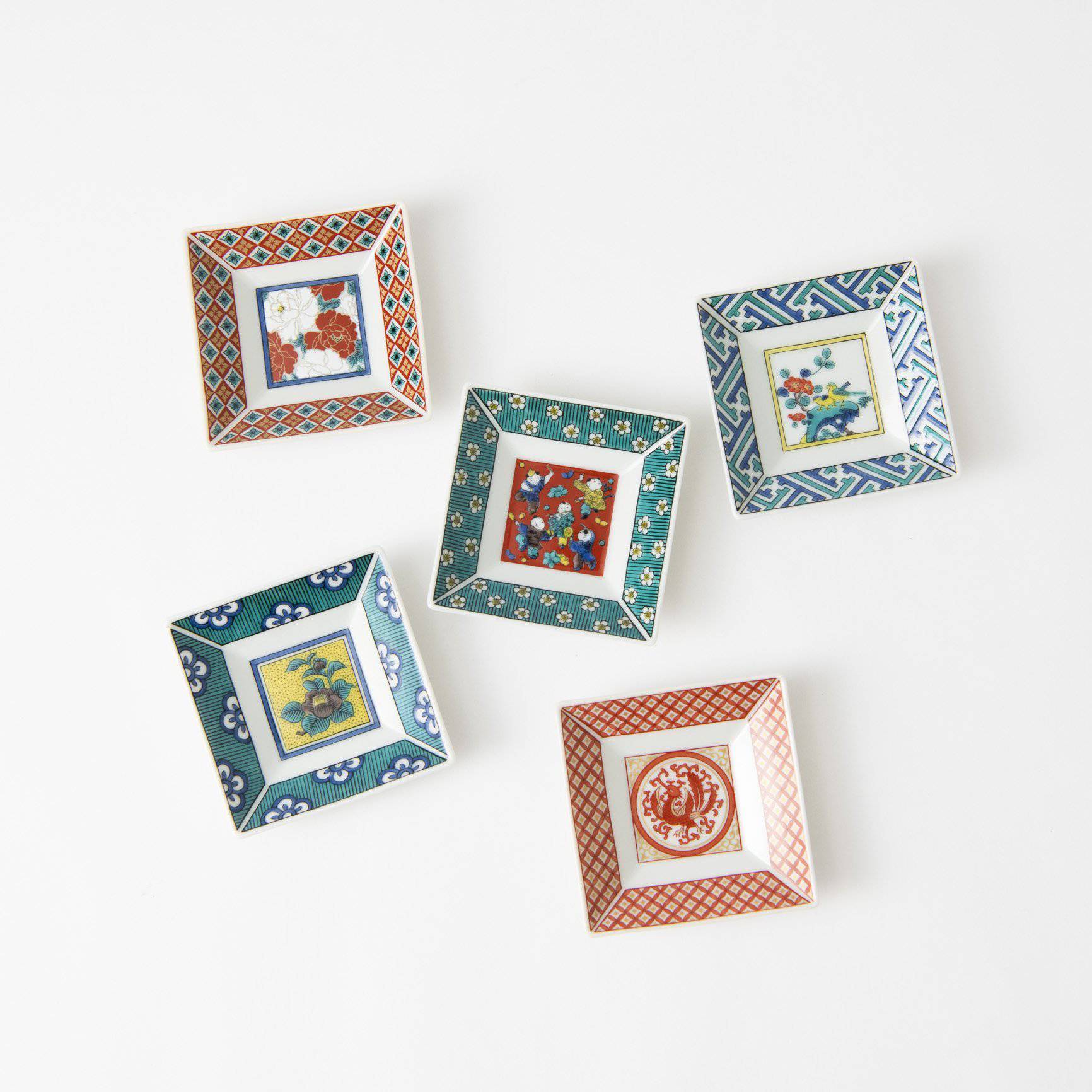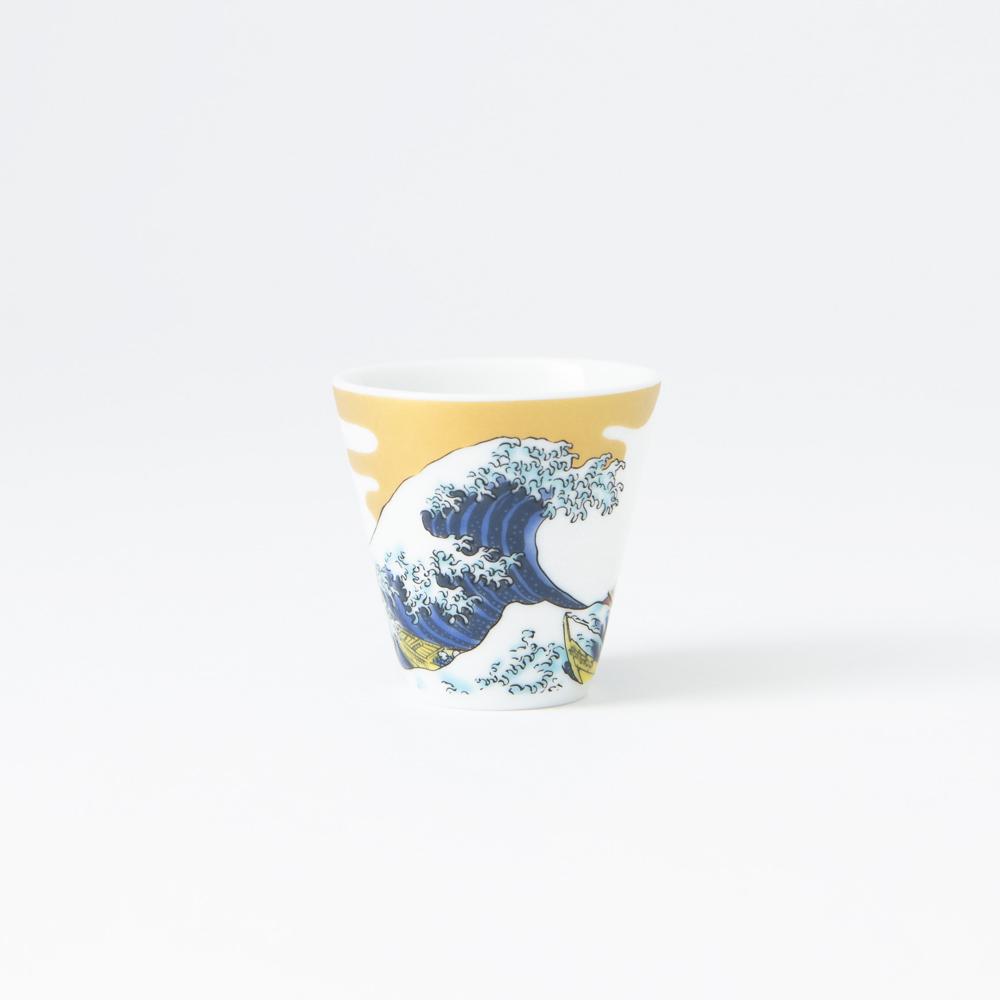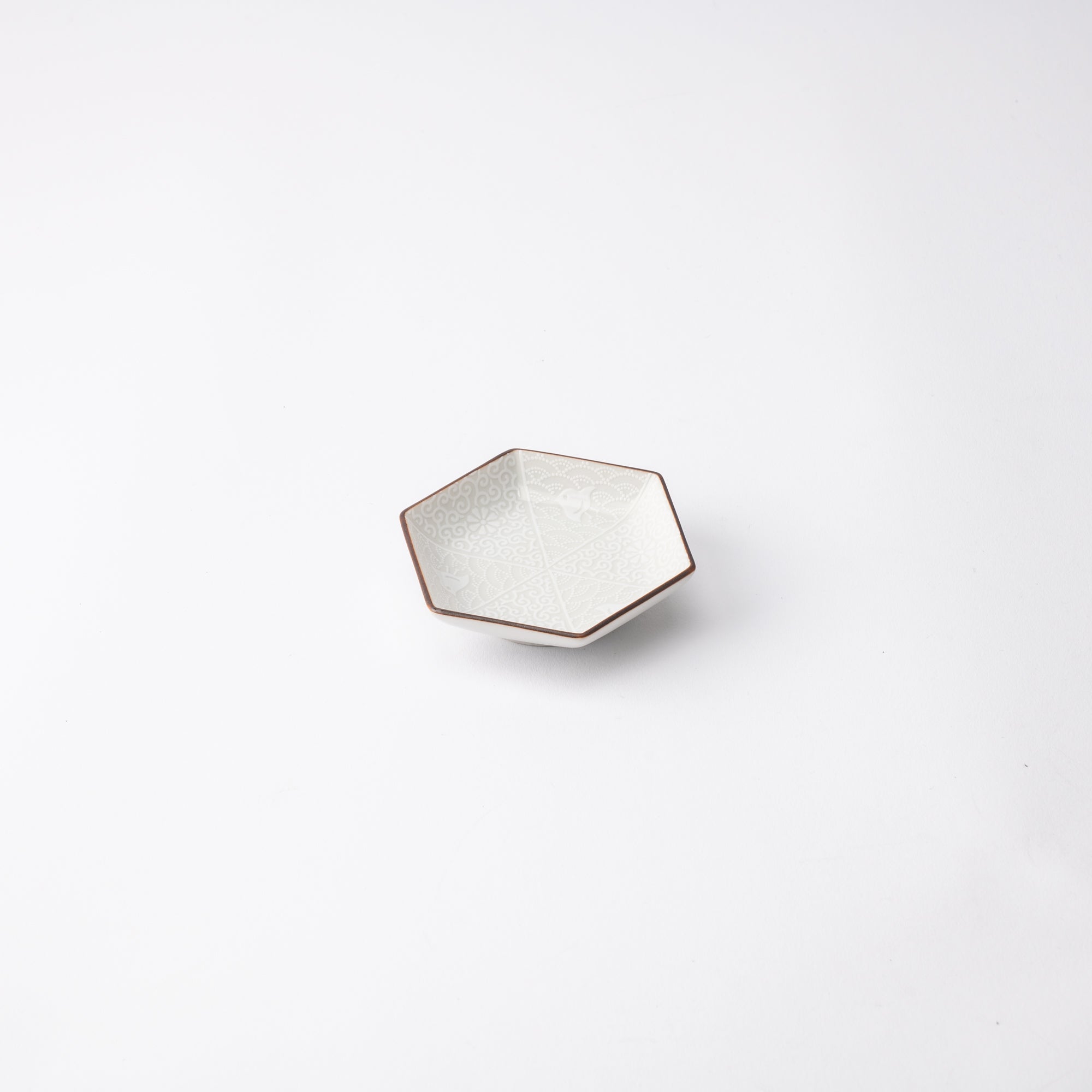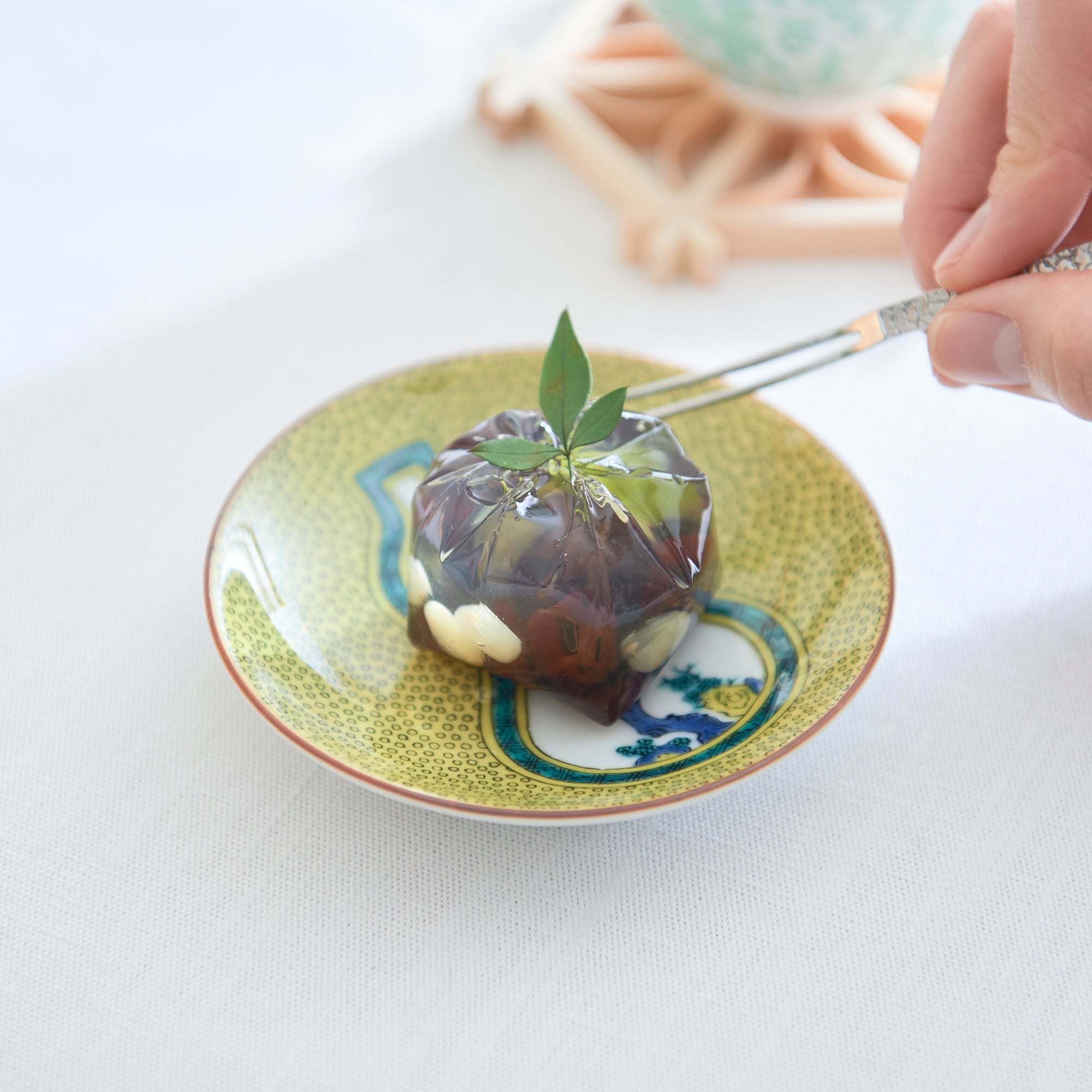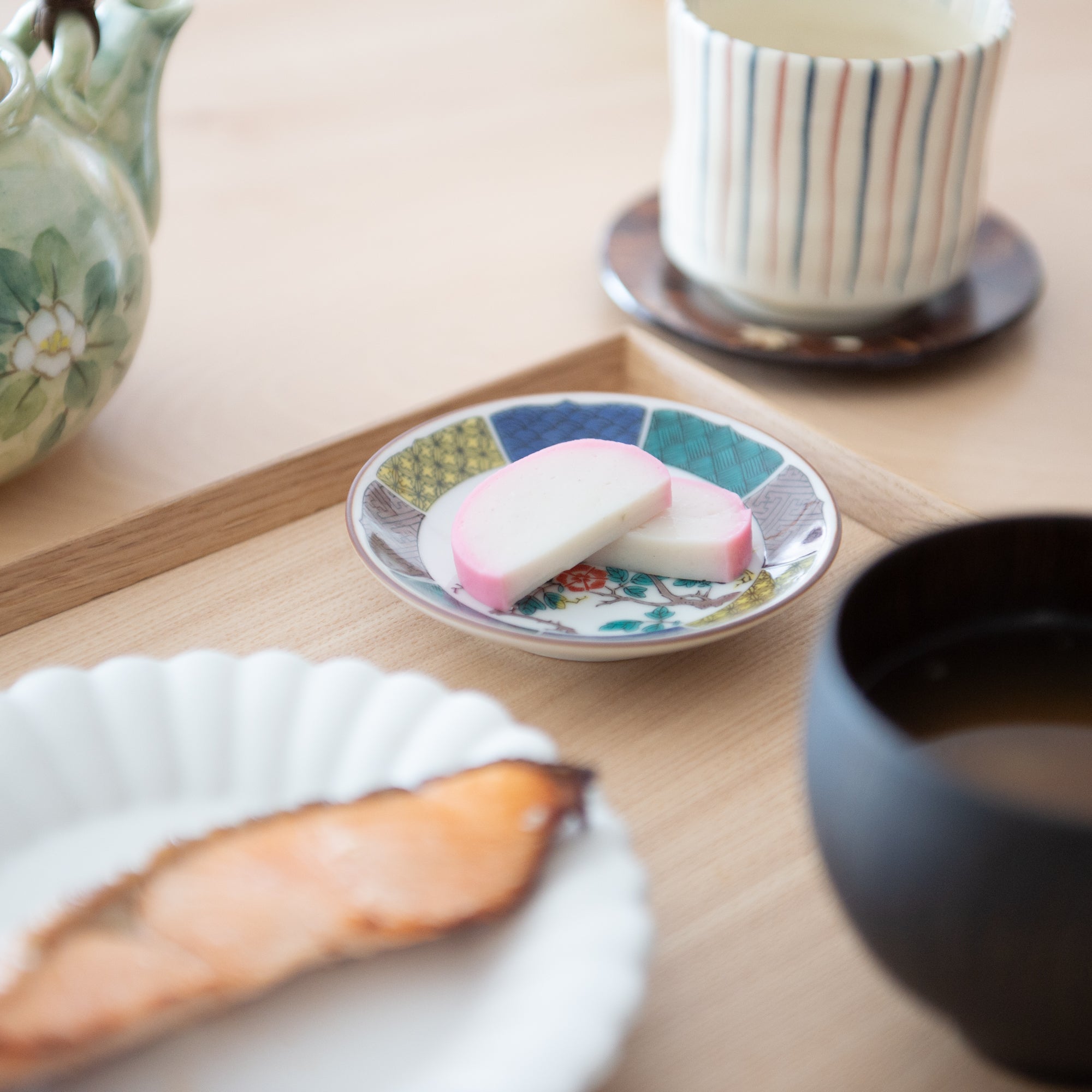
Seikou Kiln
Founded in the early Taisho era (1912 CE–1926 CE) in Nomi City, Ishikawa Prefecture, Seikou Kiln has long been dedicated to the art of Japanese overglaze painting for Kutani ware. Through years of research, Seikou Kiln perfected a high-quality technique to transfer designs and patterns using printed sheets, all created in-house. This method captures the same level of transparency in glassy glazes and the depth of thick overglaze paints as traditional hand-painting. Their work has earned prestigious awards, such as the Japan Tourism Agency's Charming Japanese Souvenir Contest.
The founder of Seikou Kiln (1910 CE–1965 CE) was a Kutani ware artisan from the small farming community of Terai (now Nomi City). He began his work as a craftsman under his father, who supported the family by selling Kutani ware to Shiga Prefecture and other regions. During this period, the vibrant, gold-decoratedsaishoku-kinrandestyle by Terai artist Kutani Shozo was in high demand. Yet, the first generation, focused on expressing the beauty of Kutani ware through Japanese pigments, drawing inspiration from the original ko-Kutani techniques, and devoted himself to the study of Japanese paints.

Seikou Kiln’s principles are centered on expressing the heritage of ko-Kutani through Japanese overglaze painting, consistently enhancing the quality of Kutani ware as a craft, and offering its unique elegance at accessible prices. This philosophy has been passed down to the second generation of Seikou (1947 CE–), the third generation (1974 CE–), and continues to guide the company’s product development today.

Filters



